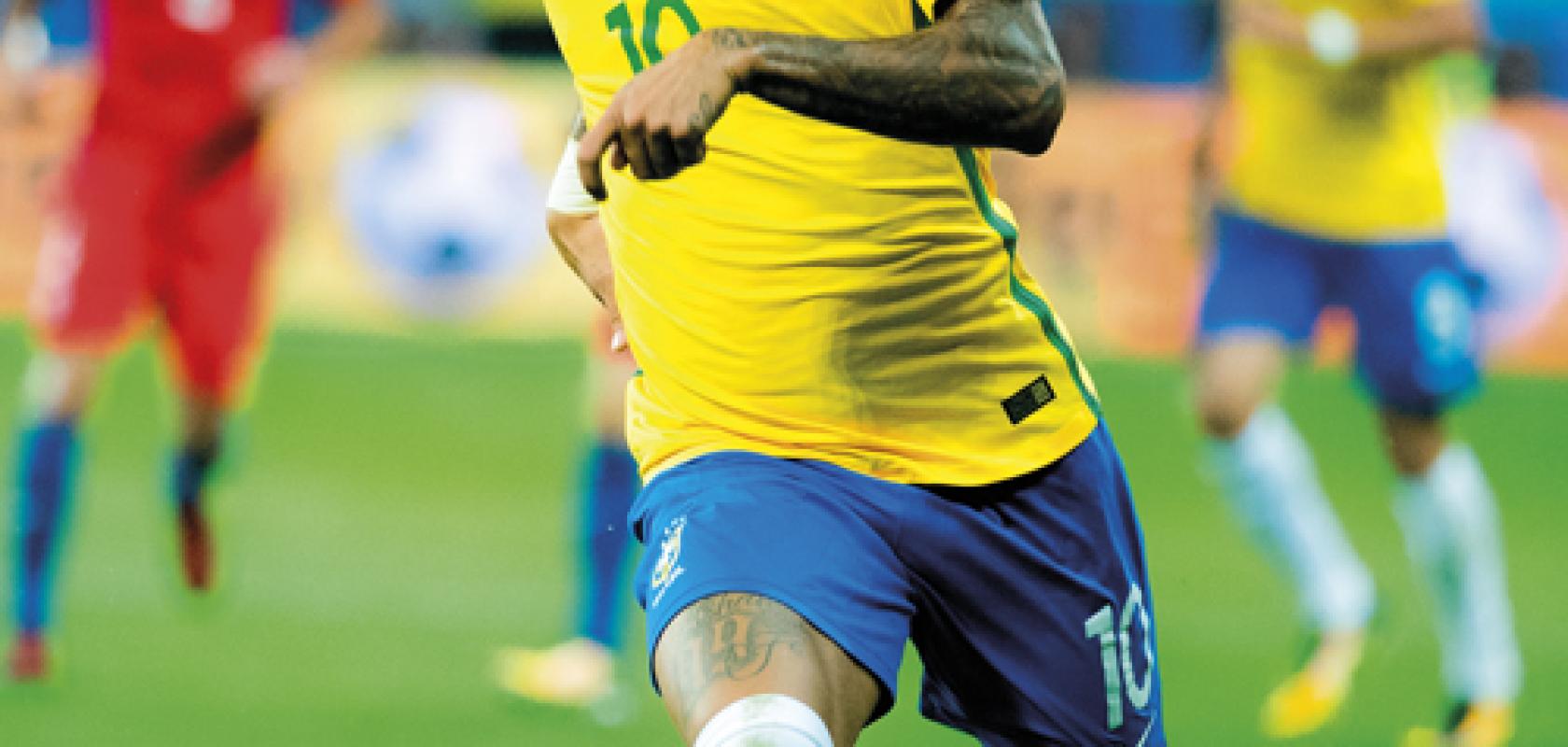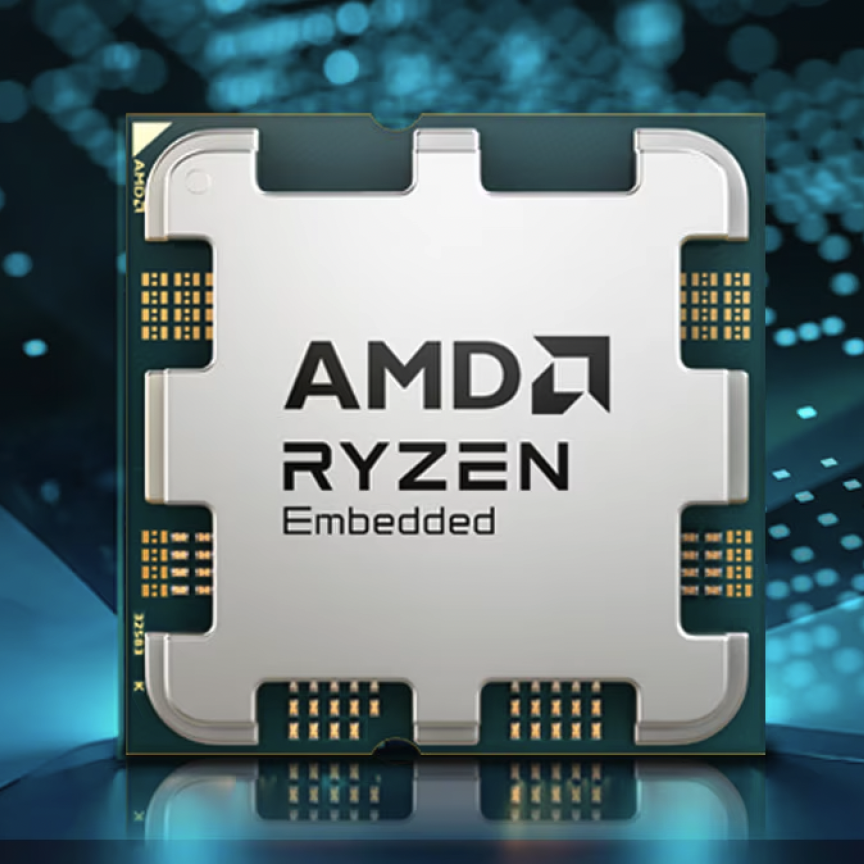When the Fifa World Cup kicks off in Russia on 14 June football’s superstars will take to the stage for the month-long competition to decide the top men’s national team. Video will play a more prominent role in this competition than in previous World Cups in the form of the video assistant referee, effectively a fifth member of the refereeing team that will advise on goal/no goal decisions, whether a penalty kick should be awarded, and straight red card decisions.
Football is a team game and, as such, clubs will interrogate video in various different ways to improve the performance of the team as a whole, but in specific aspects of the game, such as a penalty kick, player’s can benefit from a more scientific analysis of their technique.
Sport video analysis firm Quintic, the brainchild of Dr Paul Hurrion, has worked with footballers to hone penalty kicks, as well as the England rugby team on goal kicking – which uses a similar imaging setup as penalty kicks. The firm has also worked with sporting bodies such as UK athletics, European Tour golf and the International Cricket Council.
‘Image analysis has always been popular in track and field; throwing a javelin 90 metres requires a specific set of movements, for instance,’ Hurrion said, speaking to Imaging and Machine Vision Europe. ‘There won’t be many track and field athletes at elite level that won’t be using some sort of high-speed video analysis.’
He added: ‘In golf there is a little more subjectivity, and in football there is even more subjectivity – football coaches tend to let the players work it out for themselves. What we’re trying to do is highlight that there is a more scientific way to analyse human movement.’
Hurrion is a renowned golf putting coach, as well as a biomechanics consultant, and has assisted European Tour professionals including Padraig Harrington, Danny Willett and Rory McIlroy. Quintic’s Ball Roll putting analysis system uses a high-speed camera operating at 360 to 1,080 frames per second to track the putter and the golf ball. It measures 45 different parameters including the deflection of the putter head upon impact with the ball, and the point the ball stops skidding and its speed when this happens.
Hurrion described the setup for analysing a footballer’s penalty kick. Four cameras – Quintic sources many of its cameras from Stemmer Imaging – positioned at each point of the compass are synchronised with each other, with one camera behind the goal. Human movement only needs around 250 frames per second to make measurements, according to Hurrion. At 250fps the system can analyse the speed and spin of the ball once it’s kicked, its trajectory, and where it crosses the line. Foot placement, and where the lead leg is pointing, is really important in football, Hurrion noted; the distance of the lead leg from the ball and whether the foot is leaning forward or backwards at the point of impact can all be analysed. The movement of the goalkeeper can also be seen. The process is repeated multiple times and the images layered to put multiple kicks on top of each other for comparison.
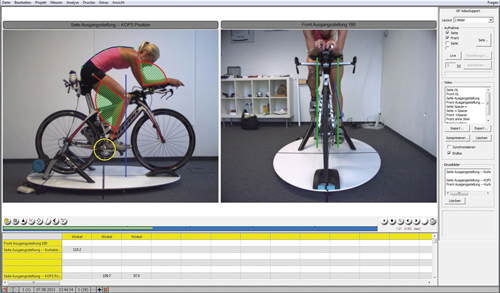
The GP BikeView system measures the posture and pedalling motions of cyclists. Credit: IDS and GeBioM
‘You’re looking for patterns,’ Hurrion explained. ‘Six actions is a minimum to get a good set of data, going up to 10; 20 is great, but then you don’t want to build in fatigue. It’s comparing those 10 kicks with 10 the following week.’
To make full body and centre of mass calculations, the subject has to wear reflective markers to map body movement. Here, the system can calculate distance, velocity and accelerations of body segments and understand how the person is moving through space and time.
Angle, velocity and other calculations can be made without markers – Quintic uses its imaging system in competition where the athletes won’t wear markers – but it takes a bit longer to get the results, explained Hurrion. ‘In competition we can film and get data, but the benefit of tracking is that a marked athlete doing a long jump, for example, will ensure they receive the data of the last jump before they do their next one,’ he said.
The image analysis work to improve a footballer’s penalty technique can be, in part, about giving the player confidence. ‘There’s a lot of pressure in taking a penalty,’ Hurrion remarked. ‘But if you know your technique can deliver and you know what you’re trying to achieve, it makes the mental side so much easier.’
Coaches and sport scientists would collect this kind of data. Depending on who looks at the video – the athlete, the coach, the doctor, the strengthening and conditioning coach, the physiotherapist – ‘normally they’ve all got a slightly different take on what the video shows’, Hurrion said. ‘As soon as you quantify the video through the Quintic software with joint angles, for example, then there’s no argument.’
Quintic is trying to make sure all the different people viewing the video are on the same page. ‘Depending on your speciality, they’ve all got their own personal views when they’re reviewing the video,’ he added. ‘It is always a surprise to us how people interpret a video differently.
‘By analysing the movement – saying the hip velocity is 4.59m/s, or the knee angle at takeoff was 172 degrees, or centre of mass horizontal velocity was decelerating during a certain measurement – you’ve got a definitive value,’ Hurrion continued. The data gives an objective measure of the performance of the athlete. If the coach is going to do an intervention to work on strength training or a different technique, they would film again and analyse the video to see if the new training has worked.
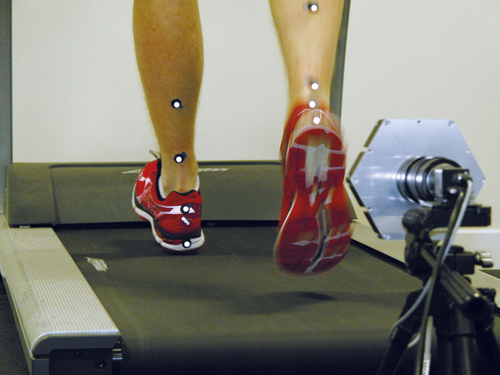
A runner's gait can be analysed using reflective markers. Credit: Quintic
‘The multi-million dollar question is what you do with that data,’ Hurrion concluded. ‘That’s coaching, that’s experience; that takes time and understanding your discipline, ultimately why people have gone to university to specialise in a particular discipline.’
Choosing the camera
The specification of the cameras used can vary depending on what is being measured. Volker Zipprich-Rasch, head of marketing at camera maker Baumer Optronic, noted that, in terms of interface, GigE, with its longer cable length, is used for imaging large scenes such as those needed to cover a team sport, but USB is preferred to analyse someone running on a treadmill, where the distances cameras are placed are shorter.
Baumer supplies two cameras for sports analysis: its LX VisualApplets models, which run JPEG compression in real time on the camera’s FPGA – JPEG compression reduces the load on the host PC, especially useful with multi-camera systems – and the CX IP65/67 cameras, which have a modular tube system for adoption of different lens lengths. The CX cameras have been used in underwater swimming applications.
Light sensitivity is also important, according to camera manufacturer IDS, which has supplied its uEye LE 1.3 megapixel cameras for a system to analyse body posture and pedalling motions of cyclists. The cameras are part of a bike fitting system from GeBioM Münster, under its GebioMized brand, which finds the optimal riding position for cyclists. The system uses two cameras, one positioned in front of the rider to identify knee displacement, while the other looks at the rider from the side, to analyse back posture.
IDS said that GeBioMized’s requirements for the camera were synchronous recording of several cameras to be able to compare different perspectives; a frame rate of 60fps at full resolution to capture fast movements; easy software integration; and USB 3.0 with its fast data transfer rate.
It’s not all about performance, however, and often an imaging system will play a part in an athlete’s recovery following injury. US company Kinatrax has supplied high-speed imaging systems for Major League Baseball teams to perform micro-level analysis of the biomechanics of the pitcher’s arm during the pitch. The idea is to try and protect the team’s investment in their pitchers – Major League Baseball pitchers are among the highest paid sports stars of any sport – by quantitatively saying when a pitcher can come back into the line-up after injury, by comparing pre-injury mechanics with post-injury data.
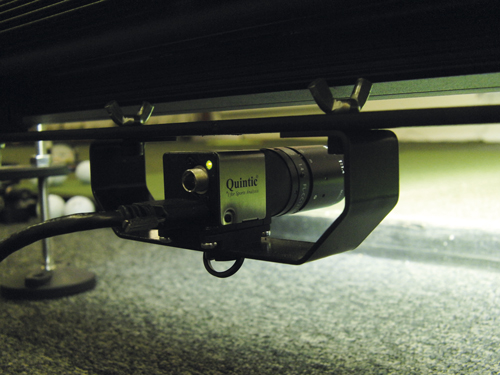
Quintic's cameras and image analysis software have been used by various top sporting bodies
Quintic has worked with equine stables and top race horses worth £5 million, analysing the animals to make sure they are moving well. ‘They screen the horse, measure the joints, understand how the joints move, and they’ve got baseline data. You’re trying to fix problems with the animal if it is not moving correctly,’ explained Hurrion.
Quintic supplied an image analysis system to track the recovery of a dressage horse called Douglas after he sustained a left fore injury in January 2016. Douglas was imaged at 400fps looking at the horse’s movement, but particularly the fore limb kinematics.
From the initial assessment, Douglas showed a significant asymmetry between his left and right fore fetlock. The motion capture was used to determine objectively to what extent the fetlock was loaded under different conditions. Douglas then underwent a six-month rehabilitation programme, during which repeated biomechanical analysis was carried out to determine if the asymmetries seen at the beginning of the treatment had reduced. After six months the images showed that Douglas was equally weighting his left and right fetlock, along with flexing his left and right carpus equally.
Douglas is now assessed every three months to note any changes in his movement compared to the baseline data. The Quintic motion capture system can pick up small changes often not noticeable by the human eye, and it is these changes that could later manifest themselves into injury. If there are negative changes, the owner can liaise with the vet, physiotherapist and farrier to discuss if there is anything that can be done to prevent further injury and maintain performance.

